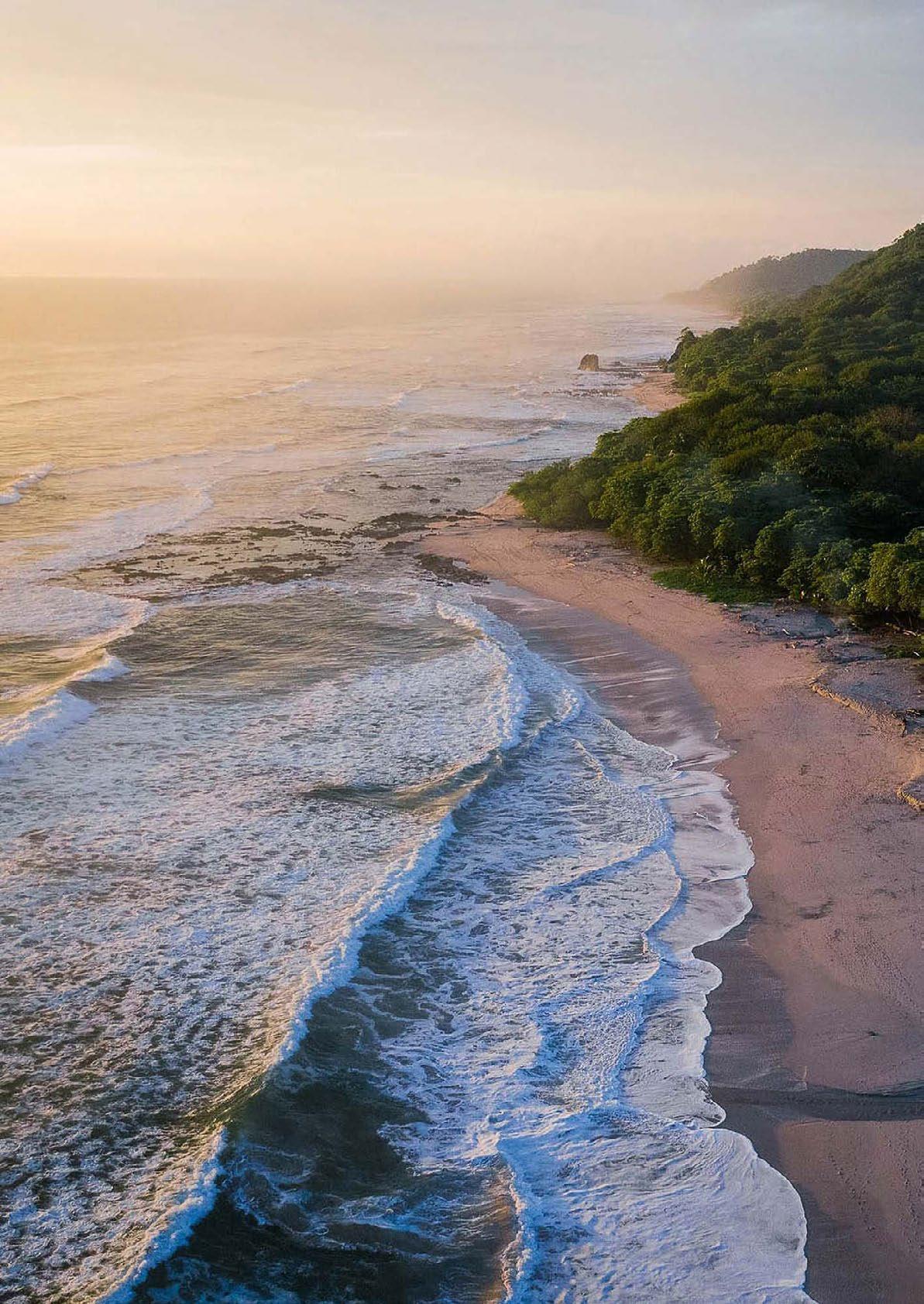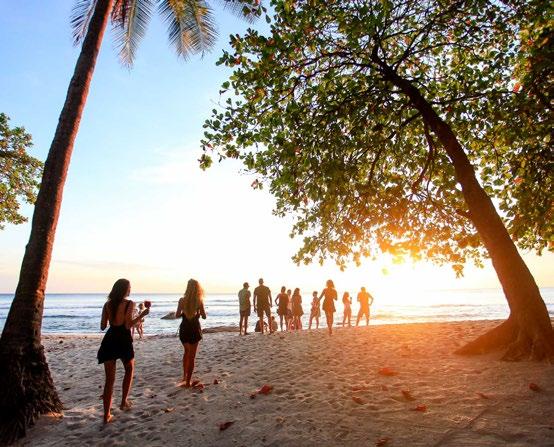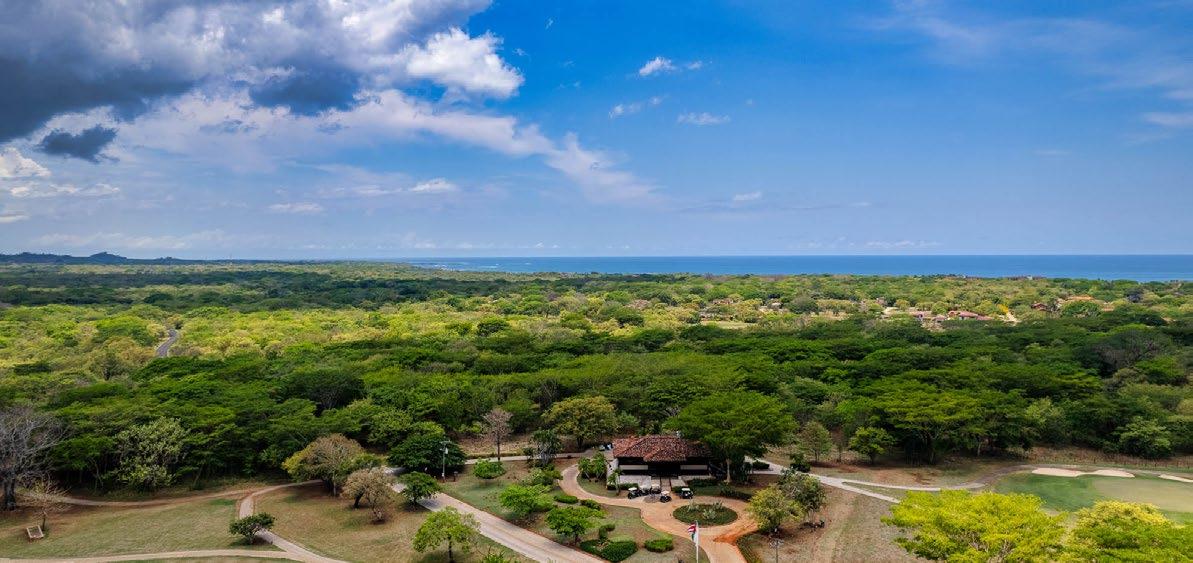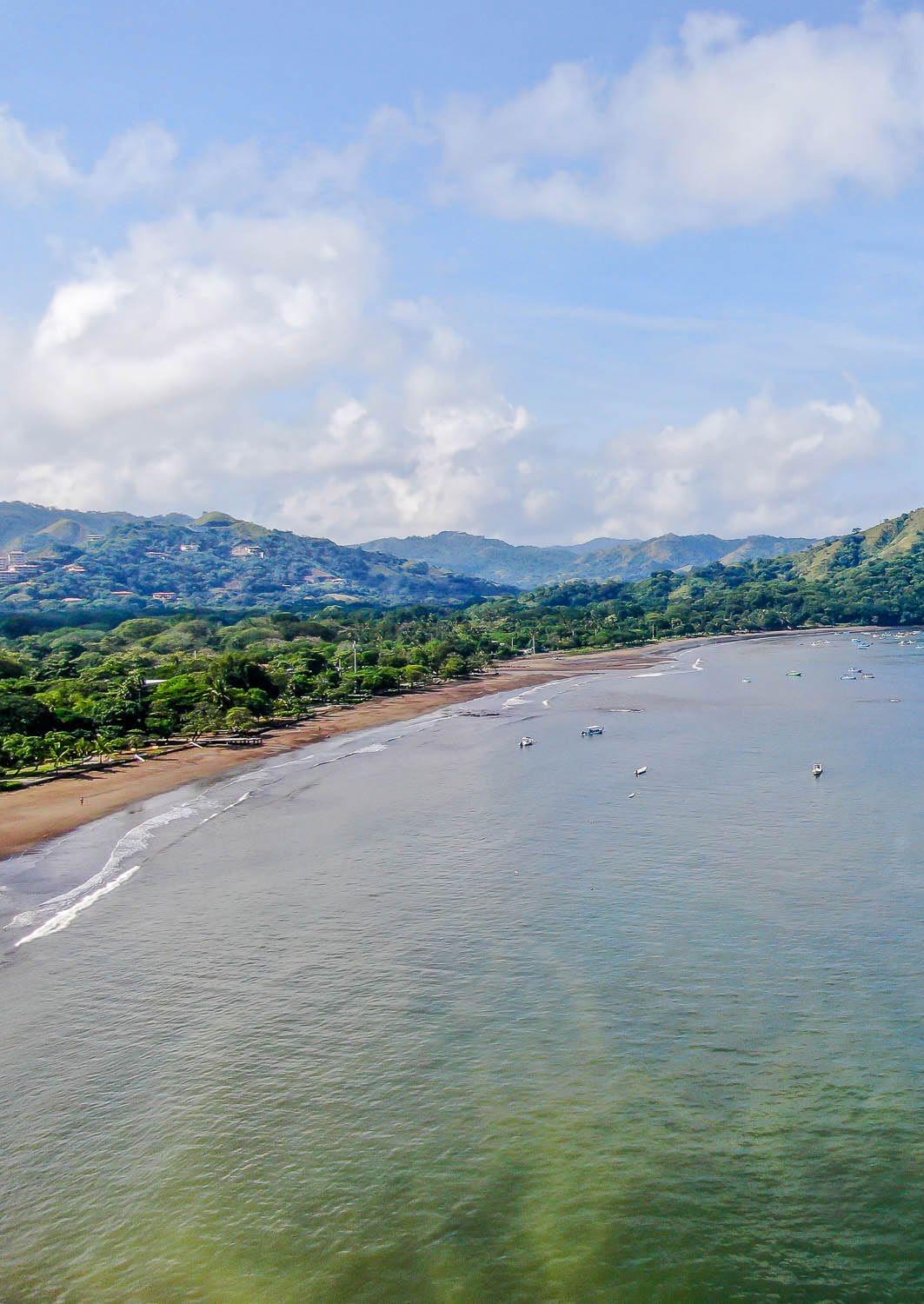
2 minute read
Celebrating Guanacaste: The history of the Annexation of Nicoya


Advertisement
If one were to ask for a single image that represents the quintessential Costa Rican experience, most would probably describe one of Guanacaste’s many marvelous sights. As one of the main tourist epicenters of Central America, it’s impossible to think of Costa Rica’s economic growth and its current position as a leading tropical destination without the many wonders of its northernmost province, but that’s precisely how things were less than a couple centuries ago.
After the first stage of colonization during the earlier part of the 16th century, Central America was divided into a series of townships, kingdoms and provinces that all responded to the central powers of the Spanish Empire. What would eventually become Costa Rica was part of the Captaincy

General of Guatemala, an extension of the Viceroyalty of New Spain that basically looked after all the Central American region. During these times, Guanacaste was part of the Kingdom of Nicoya, an autonomous territory between the provinces of Nicaragua and Costa Rica.
Nicoya was eventually made part of the Province of Nicaragua, but the 1821 Central American Declaration of Independence saw a new emergence of discussions around the region’s administration and what would behoove its small population now that the Spanish Crown was not deciding for them. Its ties with Nicaragua were very close, due to the important influence of cattle ranchers from the Rivas region, but Nicoya also had a great relationship with Costa Rica due to the commercial activity with the port of Puntarenas.
Quickly, two opposing groups saw themselves at odds with regards to the future of the region: those who wanted to remain a part of the new Nicaraguan Republic and those seeked the annexation to Costa Rica. The former were mostly the political and economic elites of Nicoya, a group formed by ranchers and descendants of Spaniards, while the latter was mostly composed of the indigenous and mestizo populations. The resolution chosen was a popular plebiscite won in overwhelming fashion by the popular groups who wanted to join Costa Rica: 77% in favor, 23% against the annexation.

Since then, the influence Nicoya has had in Costa Rican culture is massive. The increase in population kickstarted the local economy, and the new lands from Guanacaste became essential for agricultural production and livestock, before eventually transforming into the country’s main tourist attraction. In addition to all of these, Costa Rica’s own culture was deeply enriched by Guanacaste’s gastronomy, music, folklore and legends, all of which represent the most iconic national customs Costa Rica usually reinforces during its national festivities.
This is the reason why every July 25th the whole country celebrates Guanacaste, and why it’s official motto “Of the homeland by our will”, resonates deeply in the hearts of all ticos. In many ways, the annexation of Nicoya meant the real beginning of what we now know as Costa Rica.
Since then, the influence Nicoya has had in Costa Rican culture is massive. The increase in population kickstarted the local economy, and the new lands from Guanacaste became essential for agricultural production and livestock, before eventually transforming into the country’s main tourist attraction.











